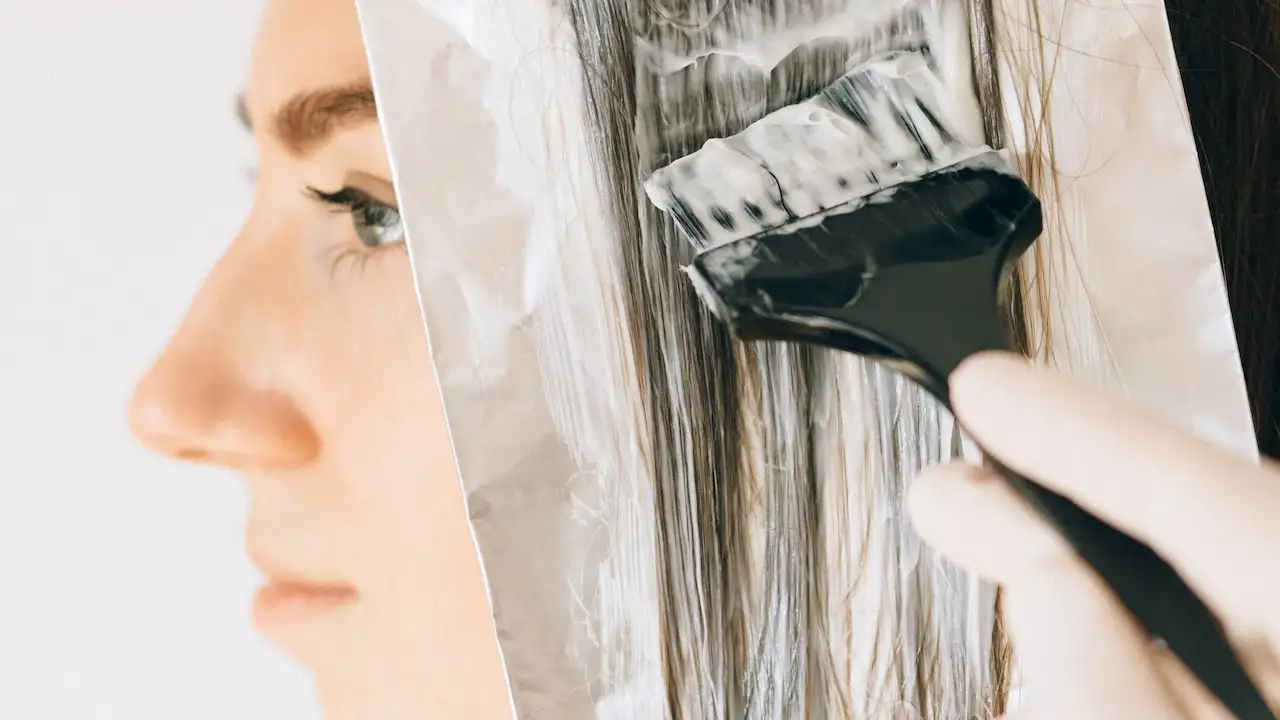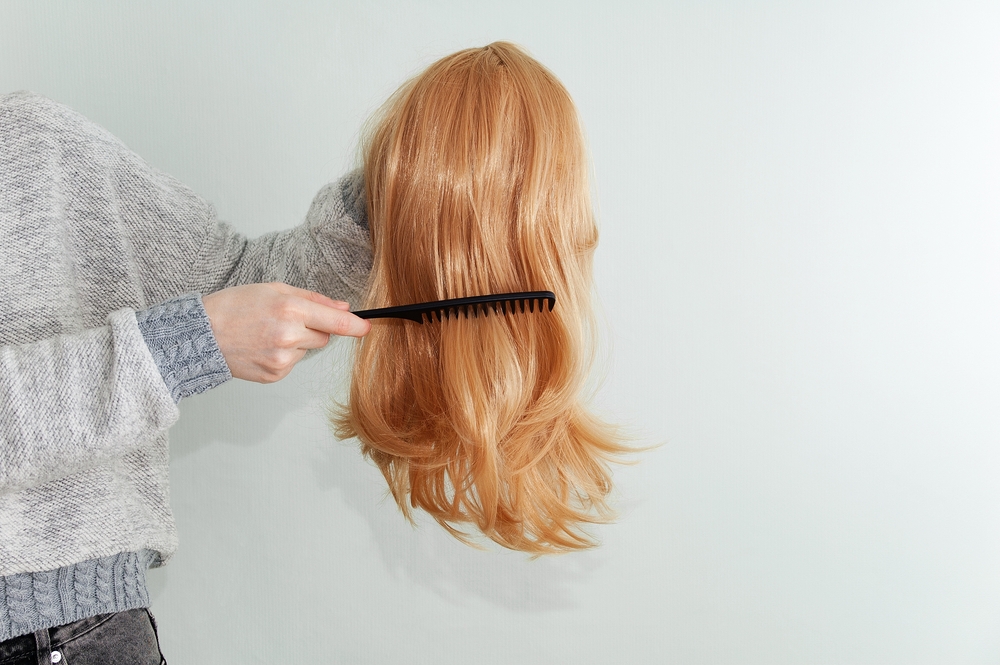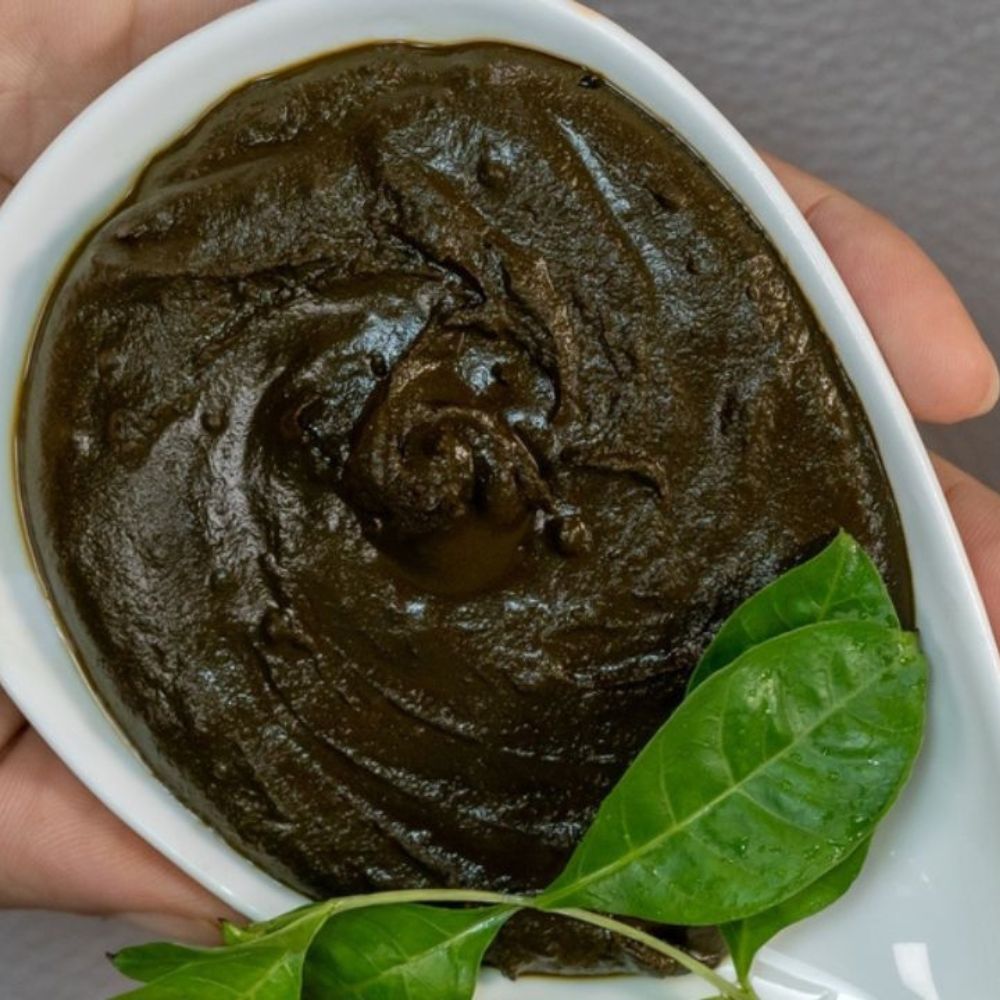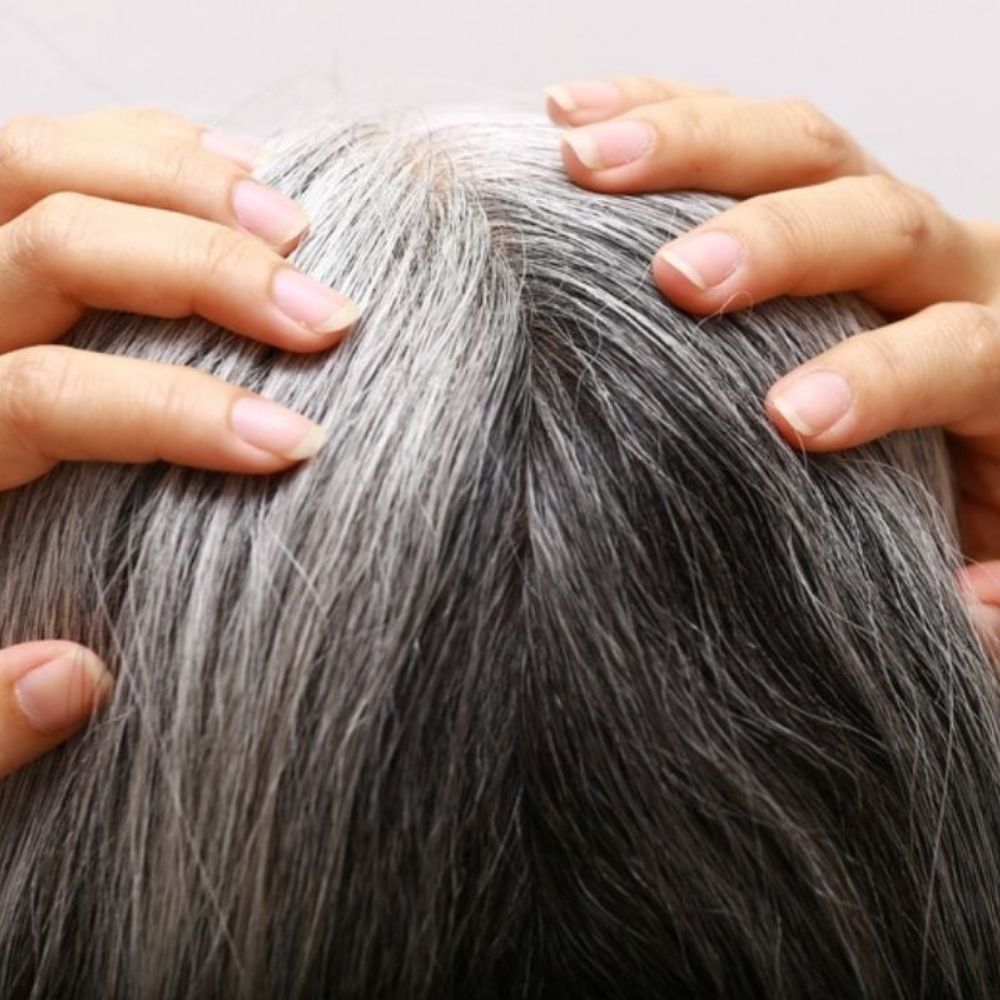Can You Bleach Synthetic Hair? A Detailed Guide
Can you bleach synthetic hair? Discover how to safely and effectively bleach synthetic hair wigs and extensions to achieve your desired color.

Hair is an important part of our appearance, and synthetic hair wigs and extensions have become increasingly popular with advancements in technology. Synthetic hair is made of synthetic fibers and is designed to look like natural hair (1). Bleaching is a popular way to change the color of natural hair, and the question may arise - can you bleach synthetic hair? Some people may want to bleach synthetic wigs (2). This article explores the possibility of bleaching a synthetic wig without causing any damage and outlines the steps to do it safely and effectively. If you're interested in changing your look and want to learn more about bleaching synthetic hair, keep reading!
What is Synthetic Hair?
Synthetic hair is hair that is made from various man-made fibers. It is designed to look and feel like your natural hair. The fibers used in making synthetic hair can be made of materials, such as acrylic, polyester, or nylon (3). These materials are then processed to create a texture that resembles natural hair. Synthetic hair can be used to create wigs, extensions, and weaves. Synthetic hair has remained popular among those who are seeking the usage of a hair wig without having to endure the additional hassle of a wig. They are cheaper compared to wigs as well.
Can You Bleach a Synthetic Hair Wig?
The short answer is yes, you can bleach a synthetic hair wig. To be precise, always keep in mind that synthetic hair is different compared to our natural hair. Bleaching your synthetic hair will vastly differ from how you bleach your natural hair (4). Unlike natural hair, synthetic hair cannot be lightened using traditional hair bleach because it is made of plastic fibers that do not react to bleach in the same way as natural hair. Bleaching synthetic hair requires special products and techniques with some careful consideration to achieve the desired result.
Things You Need to Bleach a Synthetic Wig
Before bleaching a synthetic wig, you need to ensure that you have all the necessary tools and equipment. Here are some of the things that you need to bleach a synthetic wig:
- A bleaching kit designed for synthetic hair: Look for one that is specifically formulated for synthetic hair and follow the instructions carefully. You can make this at home as well. For that, take 1-1/2 teaspoons of 3% hydrogen peroxide and 2 teaspoons of baking soda.
- A bowl: You will need a bowl to mix the bleach and the developer.
- A measuring cup: Use a measuring cup to measure the bleach and developer accurately.
- Gloves: Always wear gloves when handling bleach to protect your skin.
- A brush: A brush will be useful for applying bleach to the hair.
- Water: You will need water to rinse the wig after bleaching.
- Shampoo: A gentle shampoo is necessary to wash the wig after bleaching to remove any remaining bleach residue.
- Synthetic wig conditioner or detangler: These products are formulated to help soften and detangle synthetic hair without damaging it or causing it to lose its shape.
- Towel: You will need a towel to dry the wig after washing and conditioning.
- Wig stand or mannequin head: A wig stand or mannequin head will be useful for holding the wig in place while you work on it.
- Plastic wrap or aluminum foil: You may need to cover certain areas of the wig to prevent them from getting bleached accidentally.
- Newspaper or some sheet: it is a good idea to spread newspaper or similar protective material under the area where you will be bleaching the synthetic wig. This will help to catch any bleach drips or spills and prevent them from staining your work surface or flooring. It also makes cleanup easier after you are done.
- Timer: You will need a timer to keep track of the bleach processing time.
- Protective eyewear: Always wear protective eyewear. This will help you to avoid getting bleach in your eyes.
- Ventilation: Bleach fumes can be strong and harmful, so make sure you work in a well-ventilated area or use a fan to circulate the air.
- Patience: Bleaching a synthetic wig is a delicate process that requires patience and attention to detail. Take your time and follow the instructions carefully to achieve the desired results without damaging the wig.
A Step-By-Step Guide to Bleaching Your Synthetic Hair:
- As mentioned above, begin by gathering the necessary items for bleaching your synthetic wig.
- Protect the area by spreading the sheet or newspaper.
- Place the wig on a wig stand or mannequin head and secure it in place to make it easier to work on.
- Make sure that you are wearing your gloves and the protective eyewear.
- Mix the bleach and developer in a bowl according to the instructions provided with the bleach kit. Be sure to measure the bleach and developer accurately using a measuring cup. Or else mix hydrogen peroxide with baking soda and make a paste.
- Section the strands and apply the bleach mixture to the wig using a brush. Start at the tips and work your way up to the roots, taking care not to get bleach on the wig cap or any other parts of the wig that should not be bleached. Use plastic wrap or aluminum foil to cover the areas that you need to prevent from getting bleached.
- Set a timer according to the instructions provided with the bleach kit and let the bleach process for the recommended amount of time.
- Do not leave the bleach on for longer than recommended, as this can damage the wig.
- Check the wig periodically during the bleaching process to make sure it is lightning evenly. If you notice any areas that are not lighting properly, you can apply more bleach to those areas using a brush.
- When the processing time is up, rinse the wig thoroughly with cool water to remove all of the bleach.
- Be gentle while rinsing the wig, as rough handling can cause tangling or damage to the fibers. You may use a gentle, sulfate-free shampoo to help remove any leftover bleach residue from the wig.
- Next, fill a bowl with cool water and add a small amount of synthetic wig conditioner. Place the wig in the bowl and gently swish it around for a few minutes to help soften the fibers and reduce any stiffness caused by the bleach. For keeping the wig shiny, use conditioning sprays for synthetic wigs.
- You can also try soaking the wig in a mixture of fabric softener and water, but be cautious as the fabric softener can potentially damage the synthetic fibers over time. Rinse the wig thoroughly with cool water to remove any residue of fabric softener.
- Use a clean towel to blot the wig gently and remove excess water. Avoid wringing or twisting the wig.
- Let the wig air dry on the mannequin head or wig stand. Avoid using a hair dryer or exposing the wig to heat, as this can damage the synthetic fibers.
- Once completely dried, you may style it using a low-heat setting on a styling tool. Remember to use a heat protectant spray to prevent damage to the fibers.
How to Protect Bleached Synthetic Hair?
After bleaching a synthetic wig, it's important to take some extra steps to protect it and prolong its lifespan. Here are some tips to help you protect your bleached synthetic wig:
Avoid the heat: Heat can cause the synthetic fibers to melt or become frizzy, so it's important to avoid using high heat settings on styling tools such as flat irons, curling irons, and hair dryers. If you must use heat to style your wig, use a low-heat setting and apply a heat protectant spray before styling.
Use sulfate-free shampoos: Since natural hair and synthetic hair differ in texture, it is inadvisable to use regular shampoos. It's best to use sulfate-free shampoos and conditioners which are designed for synthetic wigs. These products are gentler on the fibers and help to keep the wig looking and feeling soft and shiny.
Store the wig properly: When not in use, store your synthetic wig on a wig stand or mannequin head to help maintain its shape and prevent tangling. Avoid storing the wig in direct sunlight or areas with high heat or humidity.
Avoid friction: Avoid rubbing or scratching the wig against rough surfaces as this can cause damage to the fibers. Instead, handle the wig gently and use a wide-tooth comb or wig brush to detangle it.
Wash the wig sparingly: Synthetic wigs don't need to be washed as frequently as natural hair, so it's best to wash the wig only when it becomes visibly dirty or starts to smell. Overwashing can cause the fibers to become dry and brittle, leading to breakage and frizziness.

Conclusion:
Synthetic hairs are a popular choice these days. Those who love to experiment with their tresses may opt for synthetic wigs so that their natural hair remains undamaged. It often becomes difficult to manage natural hair after loading it with many products. Natural hair is vulnerable and experimenting too much will leave it brittle and lifeless. Synthetic hair gives you options that you may not be comfortable enough to try out on your natural hair.
After you decide on using synthetic hair, you may start wondering - can you bleach synthetic hair?
Bleaching synthetic hair can be a safe and effective way to experiment with different hair colors and styles. Albeit, it requires a different approach than bleaching natural hair. Traditional hair bleaching products must be avoided; special products and techniques are necessary. One must use a bleaching kit specifically designed for synthetic hair and follow instructions carefully. Finally, you must take proper care of your freshly bleached hair to ensure that it lasts long and remains healthy.
Sources
1. Preparation and characterization of novel super-artificial hair fiber based on biomass materials.
https://pubmed.ncbi.nlm.nih.gov/28237569/
2. Effects of bleaching conditions on the properties of hair.
3. Controversy: Synthetic hairs and their role in hair restoration?
4. Differentiation of Human, Animal and Synthetic Hair by ATR FTIR Spectroscopy





 JOIN OUR WHATSAPP CHANNEL
JOIN OUR WHATSAPP CHANNEL





























































